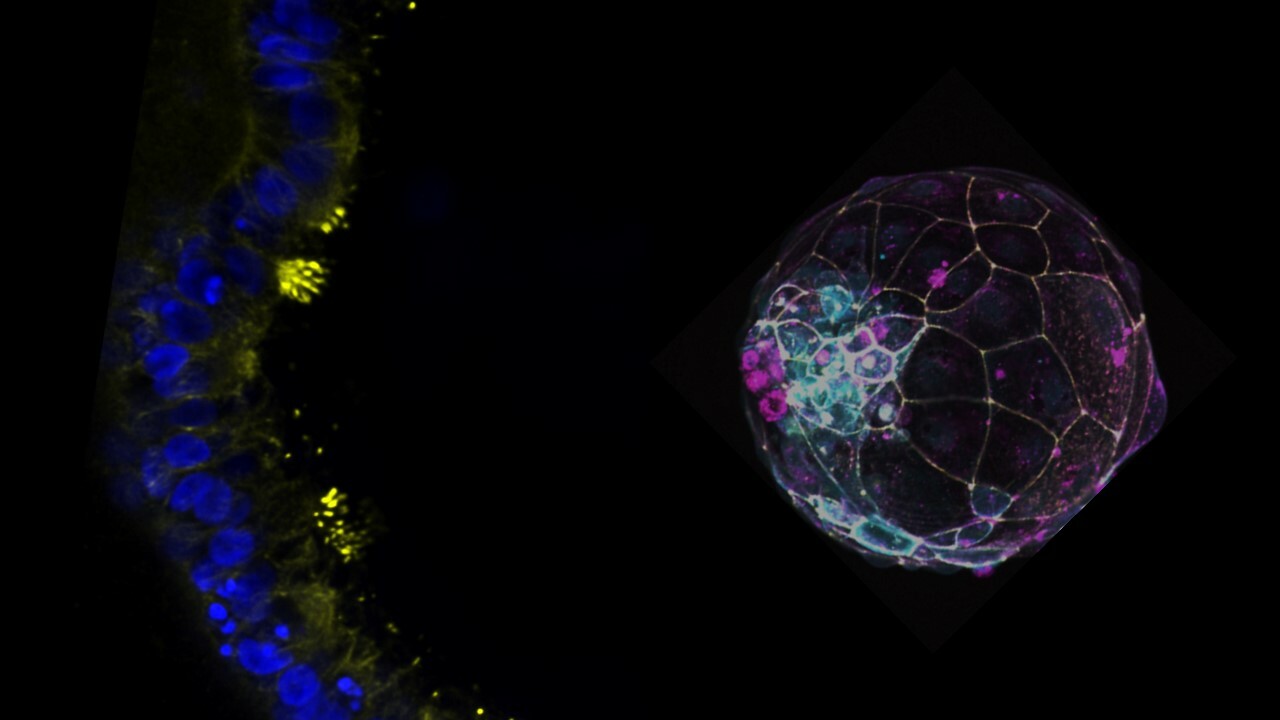Japanese scientists completed a study of mouse embryos that were grown in orbit. These are the first mammalian embryos to participate in such an experiment. Numerous tests have not revealed significant changes in their DNA or development.

Embryos in orbit
Japanese scientists released the final results of their study of the influence of space on the development of mammalian embryos this Saturday. Back in 2021, they sent frozen mouse embryos to the International Space Station and instructed astronauts to grow them up a little.
We are not talking about the complete growth of living organisms. The embryos were in the very first stages after fertilization. The astronauts simply defrosted them with a special device and placed them in an environment in which their cells could divide.
The cells developed into blastocysts, the stage of the embryo at which the cells do not form separate organs yet, but have already divided into those that will make up the embryo itself and those that will then turn into a placenta. The astronauts examined them at this stage, froze them again and sent them to Earth.
Why are these experiments so important
The early stages of embryonic development are an extremely complex and still not fully understood process. At some point, absolutely identical cells that have just been dividing begin to develop in different ways. This happens under the influence of both genes, which begin to act differently in different cells, and various environmental factors.
And in orbit, these factors can be very different from those on Earth. First, this concerns radiation and microgravity. They strongly affect even adult organisms, not to mention embryos. So far, only plants, amphibians and invertebrates have been grown in orbit.
And now it’s mammals’ turn. For the last year, scientists have been studying mouse embryos in detail, which have passed the most important stage of their development in space. The main conclusion they reached was that no anomalies were found either in the structure or in the DNA. Microgravity can’t hurt them.
The next stage of the experiments should be the growing of creatures from embryos that have been in orbit. At the first stage, the experiment will be similar to the one conducted. However, after landing, the embryos will be implanted into mice. Scientists hope to find out whether these newborn mice will be viable and whether they will not have abnormalities.
The results of these experiments are extremely important for determining the prospects of life in space. After all, if radiation and microgravity cannot seriously damage mouse embryos, then the same will happen with human embryos. We will be able to really live fully in space.
According to phys.org
Follow us on Twitter to get the most interesting space news in time
https://twitter.com/ust_magazine
